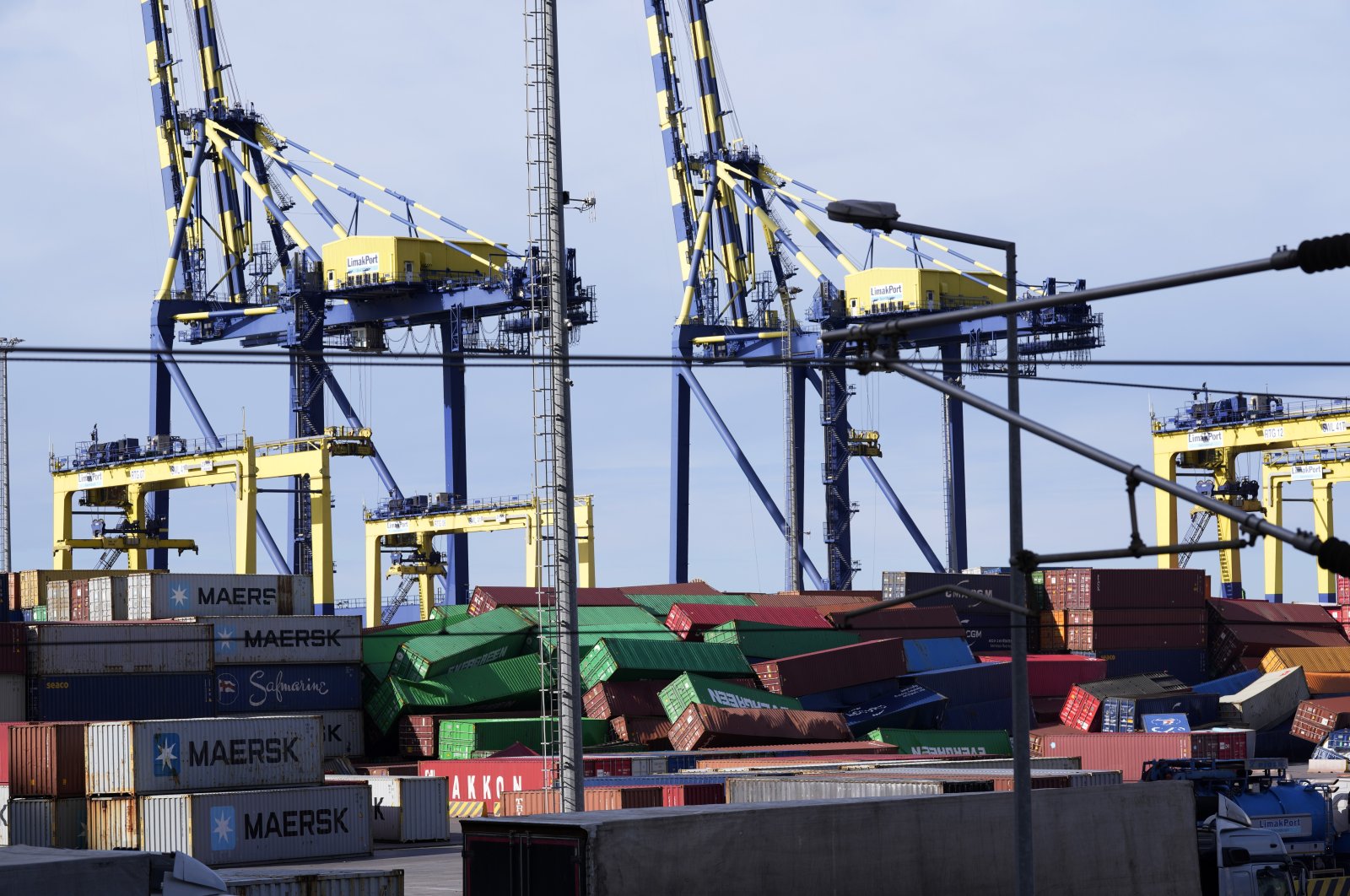
Shipments made from Türkiye’s southeastern provinces that were rocked by devastating earthquakes two months ago bounced back in March, according to official figures.
Two quakes on Feb. 6, which also severely hit neighboring Syria, along with aftershocks, killed more than 50,000 people in Türkiye and flattened hundreds of thousands of buildings besides inflicting severe infrastructural damage.
Exports from 11 provinces severely impacted by the disaster reached nearly $1.6 billion (TL30,803 billion) in March, rising 63.3% compared to almost $980 million in February, according to data compiled by the Turkish Exporters Assembly (TIM).
The quakes had paused a monthslong streak of records in Türkiye’s exports, as outbound shipments dropped by 6.4% year-over-year to $18.6 billion in February.
They managed to bounce back from the brief fallout and rose 4.4% annually to $23.6 billion last month, the TIM data showed Tuesday, marking the highest March figure ever.
Trade Minister Mehmet Muş said Monday the share of the southeastern provinces in Türkiye’s exports stood at 8.6% in 2022. He stressed that the negative impact of the disaster on sales continued, but the intensity had eased.
The data showed that nine out of 11 provinces saw their exports rebound in March.
Sales from Hatay rose nearly 115% month-over-month to almost $300 million, while exports from Malatya and Gaziantep jumped 103.2% and 76.5% to $35 million and $914.1 million, respectively.
A blaze after the earthquakes ravaged an important port in Hatay’s Iskenderun district.
Known as being among Türkiye’s most extensive, the port saw over a thousand containers catch fire before the blaze was controlled.
Elazığ saw its foreign sales increase by 74.4% to $23.7 million, up from $13.6 million in February, while exports from Şanlıurfa were up nearly 53% to $20.1 million from about $13.1 million.
The data showed shipment from Kahramanmaraş, the epicenter of the February earthquakes, jumped by almost 42% month-over-month to $73.1 million. It had fallen to around $51.6 million a month earlier.
Among others, sales from Kilis, Adana and Adıyaman rose 37.7%, 20% and 13.9%, respectively, in March.
Diyarbakır and Osmaniye were the only provinces seeing a drop, as their outbound shipments fell 28.2% and 14.1% month-over-month to $18.74 million and $11.79 million, respectively.
The 11 provinces are known as vital agricultural regions. The disaster affected 15.73 million people and more than 20% of the country’s food production, according to the U.N.’s Food and Agriculture Organization (FAO).
The region, known as Türkiye’s "fertile crescent,” accounts for nearly 15% of agricultural gross domestic product (GDP) and contributes to almost 20% of the country’s agrifood exports.
Meanwhile, the 11 provinces registered a 20.4% decrease in exports annually, the TIM data showed.
Nine provinces saw a fall in shipments, spearheaded by Osmaniye with a drop of 63.3% year-over-year, followed by Elazığ at 55.7% and Kahramanmaraş at 51.3%.
Sales from Gaziantep were down 10.4%, while exports from Adana, Hatay, Malatya, Diyarbakır and Şanlıurfa fell 12.5%, 35.4%, 23.7%, 19.2% and 7.1%, respectively.
Adıyaman and Kilis stood as the only provinces that managed to ramp up their shipments despite the disaster, as their sales rose 39.3% and 25.7% from a year ago, according to the TIM data.
